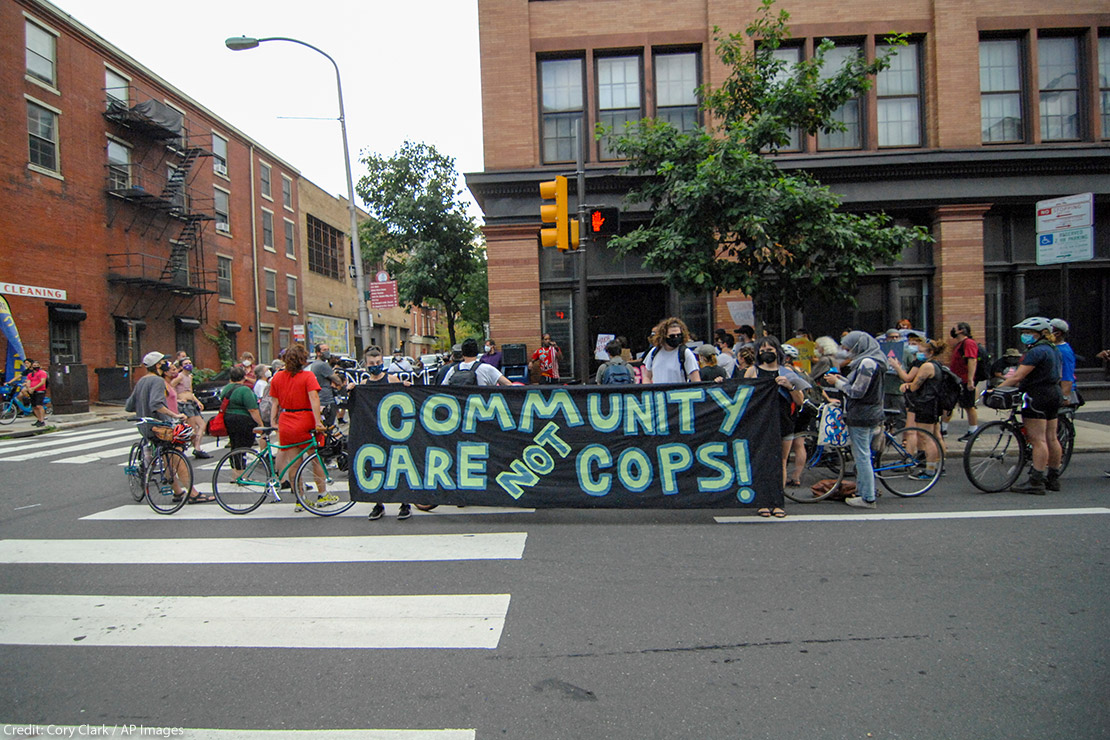
In February, Ketanji Brown Jackson made history by being the first Black woman nominated to the U.S. Supreme Court. In accepting the nomination, Judge Jackson paid homage to Constance Baker Motley, the first Black woman to serve as a federal judge, with whom Judge Jackson shares a birthday.
Listening to Judge Jackson’s remarks, there was another great lawyer I wished were alive to see this achievement: Pauli Murray.
In 1971, Murray wrote a letter to President Nixon purporting to apply for a seat on the Supreme Court. “I am a Negro woman 60 years old,” Murray wrote. (Though Murray identified as a woman in the letter, Murray often expressed a male gender identity; not knowing what pronouns Murray would use today if given a choice, I use Murray’s name instead.) The letter continued:
“It should be of passing interest that I represent the largest group of minority status in the United States — namely, female. The Court would be more representative of the composition and interests of the population of the United States if a qualified woman were appointed. My application is to forestall the popular misconception that no qualified women applied or are available. “
One of the greatest legal minds of the 20th century, Murray was not widely known outside legal circles until recently. While still a law student at Howard University, Murray argued that separate was inherently unequal, work that formed the basis for the landmark victory in Brown v. Board of Education. Murray was among the first to theorize that the 14th Amendment’s guarantee of equal protection under law, the premise of the Brown decision, could be used to challenge laws that discriminated based not only on race, but also on sex.
That work formed the foundation of Ruth Bader Ginsburg’s advocacy during her years as director of the ACLU’s Women’s Rights Project, as Ginsburg herself acknowledged repeatedly. Murray also served the ACLU on its national Board of Directors and as part of an advisory committee guiding its women’s rights work and was a co-founder of the National Organization for Women. The letter to President Nixon recounts none of these accomplishments (some of which admittedly did not happen until later), condensing them into a single sentence: “I am a Constitutional lawyer whose specialty is human rights.”
Murray knew, of course, that one does not “apply” to be a justice of the Supreme Court. That was an unspoken rule, alongside another implicit requirement: being a white man. Today, there have been 115 justices, 108 of them white men.
At the time of Murray’s letter, only white men had been tapped to serve on the high court. In fact, a single Black woman — Constance Baker Motley — had been nominated to any federal court in the country. Judge Motley faced unique barriers as a Black woman. President Lyndon B. Johnson initially hoped to nominate her to a seat on the prestigious Second Circuit Court of Appeals vacated by Thurgood Marshall when he was elevated to the Supreme Court. Marshall had been confirmed three times by that point — first as Solicitor General and then again for each court on which he sat. But senators objected to the idea of Judge Motley, a Black woman, in such an influential post. Without key votes, President Johnson nominated her for a district court judgeship instead. Judge Motley faced obstacles on the bench as well, as litigants questioned her ability to be impartial and called for her recusal in civil rights cases. That Murray decided to write to President Nixon in the first place reflects the ugly history of discrimination faced by Black women like Judge Motley.
Yet Murray’s letter manages to hold complexity. It’s simultaneously cutting and deeply funny, opening with a referral to Murray’s cardiologist as proof of physical heartiness. The letter goes on to point out that Murray’s nomination would sail through the vetting process — because Murray’s activism had already been subject to FBI surveillance.
Murray’s many gifts to us include not only legal brilliance but humor and joy. I often tell my team in the Women’s Rights Project to think like Pauli Murray. This Women’s History Month, my hope is that we can laugh like Murray did, too.
Read Murray’s full letter below:
https://twitter.com/irin/status/1486448684879708160
Comments
Post a Comment